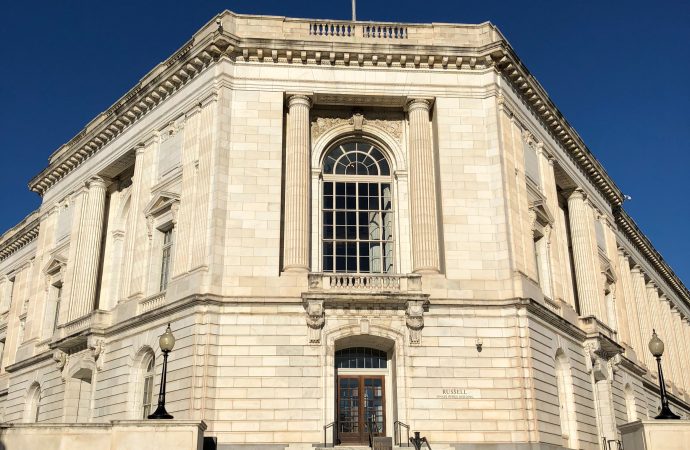Introduction Government decisions have far-reaching consequences that affect the lives of citizens. These decisions are made after careful consideration of various factors, including economic, social, and political considerations. However, the consequences of these decisions are not always immediately apparent, and it may take years or even decades for their full impact to be felt. In
Introduction
Government decisions have far-reaching consequences that affect the lives of citizens. These decisions are made after careful consideration of various factors, including economic, social, and political considerations. However, the consequences of these decisions are not always immediately apparent, and it may take years or even decades for their full impact to be felt. In this article, we will explore the process of government decision-making and the ramifications of these decisions.
The Decision-Making Process
The decision-making process in government is a complex and multi-layered process that involves various stakeholders. These stakeholders include elected officials, bureaucrats, interest groups, and citizens. The process begins with the identification of a problem or issue that requires government intervention. This could be anything from a public health crisis to an economic downturn.
Once the problem has been identified, the government will gather information and data to better understand the issue. This may involve conducting research, consulting with experts, and soliciting feedback from stakeholders. Based on this information, the government will develop a range of policy options that could address the issue.
The next step is to evaluate these policy options and determine which one is the most effective and feasible. This may involve conducting cost-benefit analyses, assessing the political feasibility of each option, and considering the potential unintended consequences of each policy.
Finally, the government will make a decision and implement the chosen policy. This may involve passing legislation, issuing executive orders, or implementing regulations. Once the policy is in place, the government will monitor its effectiveness and make adjustments as necessary.
The Ramifications of Government Decisions
The ramifications of government decisions can be significant and long-lasting. For example, a decision to cut funding for public education could have a negative impact on the quality of education for generations to come. Similarly, a decision to deregulate a particular industry could lead to environmental degradation and public health risks.
One of the challenges of government decision-making is that the consequences of these decisions are not always immediately apparent. It may take years or even decades for the full impact of a policy to be felt. For example, a decision to cut funding for public health programs may not result in an immediate increase in disease rates, but could lead to a public health crisis in the future.
Another challenge is that government decisions often have unintended consequences. For example, a decision to increase funding for law enforcement may lead to an increase in police brutality and racial profiling. Similarly, a decision to implement a new tax policy may have unintended consequences for small businesses and low-income families.
Conclusion
Government decision-making is a complex and multi-layered process that involves various stakeholders. The consequences of these decisions can be significant and long-lasting, and may not be immediately apparent. It is important for governments to carefully consider the potential ramifications of their decisions and to be proactive in monitoring their effectiveness. By doing so, governments can ensure that their decisions are in the best interests of their citizens and that the consequences of these decisions are positive and beneficial.

















Leave a Comment
Your email address will not be published. Required fields are marked with *